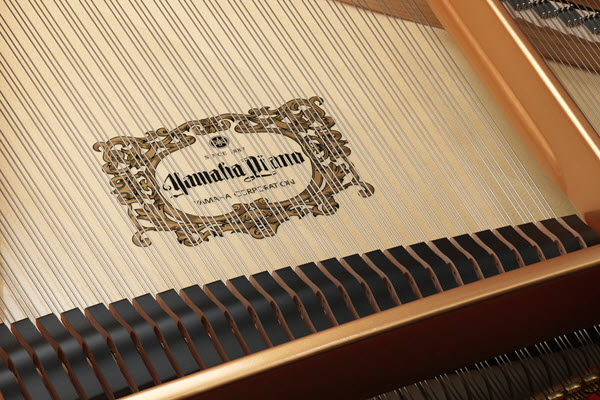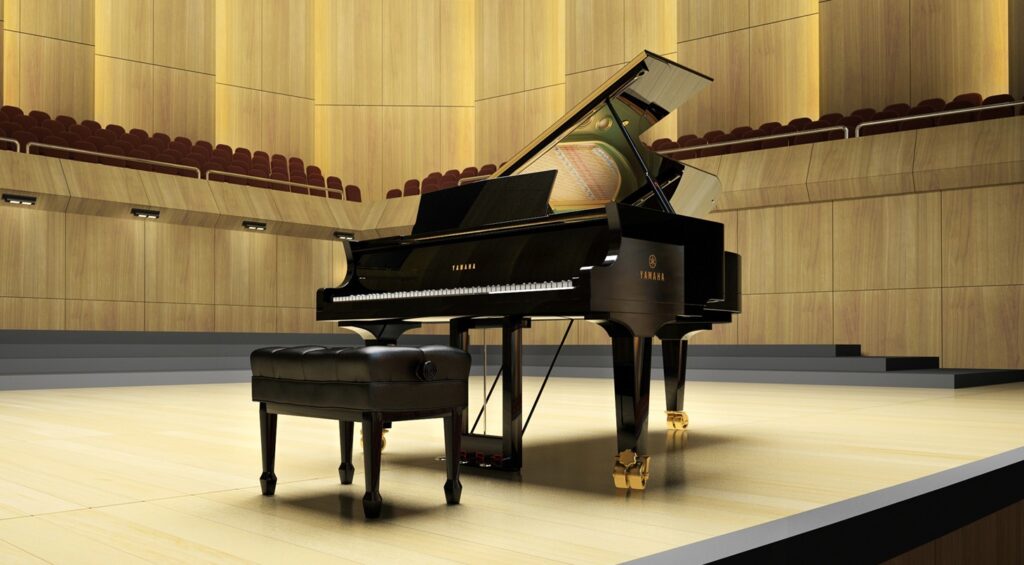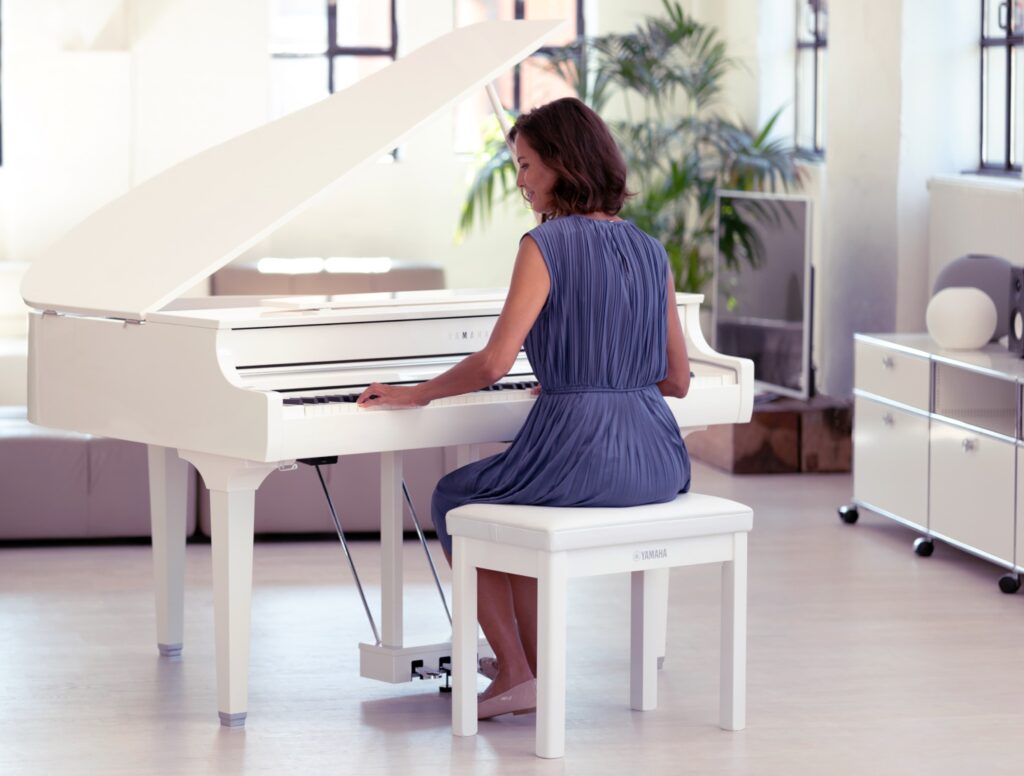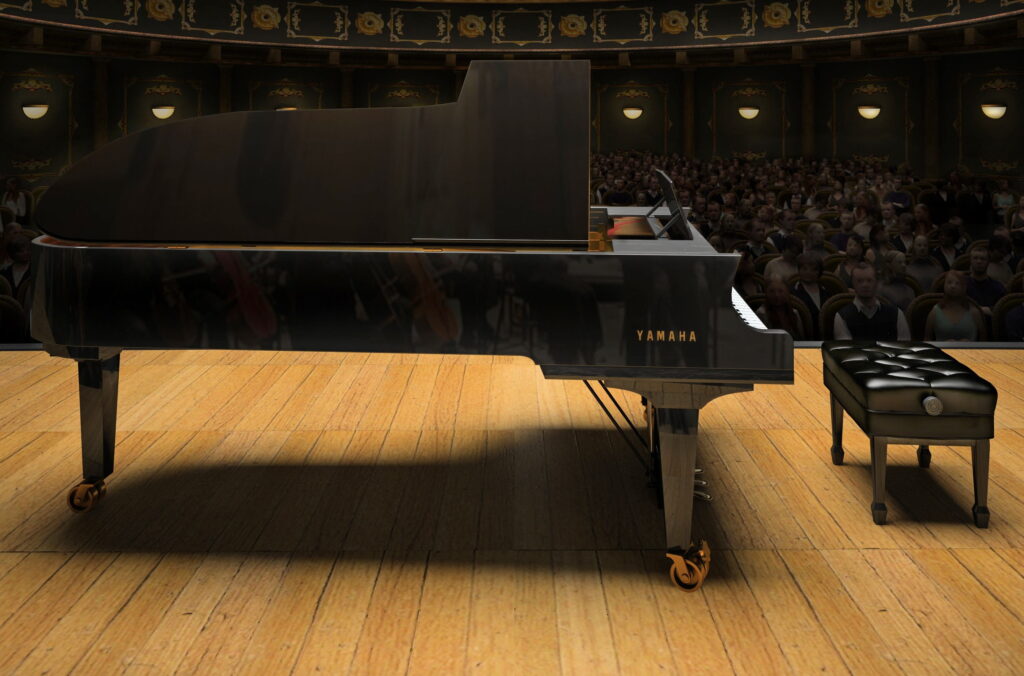What Do Piano Frames and Motorcycle Engines Have In Common?
They both provide good vibrations.
The strings of a piano are stretched under tremendous tension — from 16 to 20 tons altogether — so an extremely strong and stable frame is required to withstand the stress. Modern frames are made of cast metal, and are essential in sustaining the brilliance and beauty of notes played on the piano. The frame is such an important part that can be termed the “cornerstone” of the piano.
There is a story that a certain motorcycle manufacturer was trying to develop the ideal cast metal material for the cylinders of an engine. In the end, for some reason, it turned out to have the same composition as the cast metal in a piano frame.
So then, does the similarity lie in the fact that they are both devices that make loud sounds? No, it’s something different. If the only function of a piano frame was to support the tension of the strings, being strong and sturdy would be enough. But the frame also affects the sound by transmitting the vibrations of the strings, so it must also be elastic enough to vibrate a certain amount itself. In other words, the properties a frame must have are contradictory, namely, that the exterior be hard while the interior is somewhat soft.
The same applies to the cylinders in motorcycle engines. They must be strong enough to withstand the intense friction of the pistons, but at the same time, they need to have sufficient flexibility to cope with the heat deformation that results from the combustion of gasoline at high temperatures. Because they share these requirements, the conditions that the ideal material must meet are the same. This is the real reason why the composition of the metal castings of piano frames and motorcycle engine cylinders are similar.
This posting is excerpted from the Yamaha Musical Instrument Guide.
Click here for more information about Yamaha pianos.















